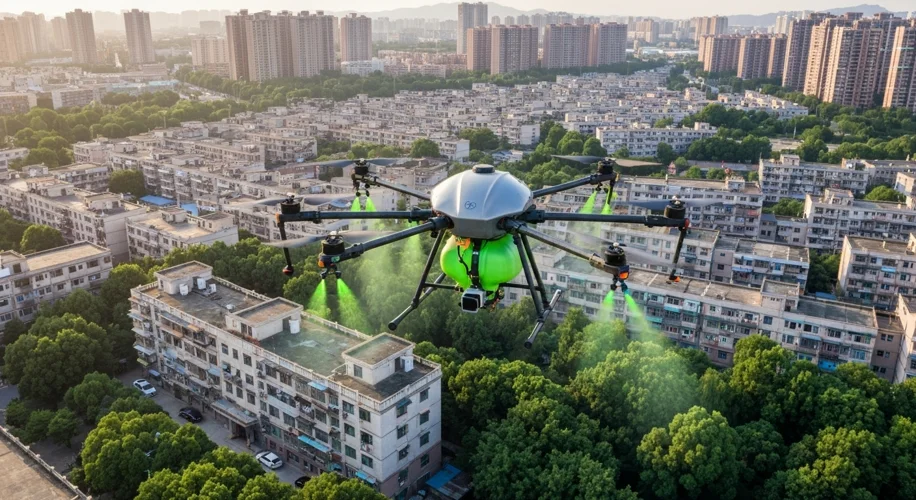It’s a story that hits close to home for many of us, especially during warmer months: the persistent buzz of mosquitoes and the threat of diseases they carry. Today, I want to share some fascinating insights into how one country is tackling this age-old problem with some seriously innovative, tech-driven strategies.
Mosquitoes are more than just a nuisance; they’re vectors for serious illnesses like chikungunya, dengue fever, and Zika virus. These diseases can cause debilitating symptoms, and in some cases, can be life-threatening. While traditional methods like mosquito nets and repellents remain crucial, the sheer scale of the challenge often requires a more integrated and technologically advanced approach.
Enter the Drones
Did you know that China is deploying drones to combat mosquito-borne diseases like chikungunya? It sounds like something out of a science fiction movie, but it’s a very real and practical application of technology. These drones aren’t just flying around aimlessly; they’re being used for targeted applications of larvicides and adulticides. By precisely targeting breeding sites and mosquito populations, these drones can cover large areas efficiently, including hard-to-reach places like dense vegetation or urban rooftops, which are often ideal breeding grounds.
This precision targeting is key. It means we can use these powerful tools more effectively, reducing the overall amount of pesticides released into the environment while maximizing their impact on mosquito populations. It’s a great example of how atmospheric science principles, like understanding air currents for drone flight paths and dispersal patterns, can be applied to public health.
Beyond the Buzz: Fines and Community Action
But it’s not just about high-tech gadgets. The approach also involves community engagement and regulatory measures. In some areas, local governments are implementing fines for households that don’t properly manage potential mosquito breeding sites on their properties. This encourages a collective responsibility for disease prevention. Think about it: ensuring there’s no standing water in containers, cleaning gutters, and maintaining your yard are simple steps that can make a huge difference.
This combination of technological intervention and public accountability highlights a holistic strategy. It acknowledges that while science and technology offer powerful solutions, community participation and individual responsibility are equally vital.
Why This Matters
As someone who studies environmental science and the impacts of climate change, I see these kinds of innovative solutions as incredibly important. Warmer temperatures and changing weather patterns can expand the geographic range and seasonality of mosquito populations, making them a growing concern in new areas. This means we need adaptable and forward-thinking strategies to protect public health.
The efforts in China to combat chikungunya and other mosquito-borne illnesses with drones, targeted treatments, and community-focused measures offer a compelling case study. It’s a reminder that by blending scientific understanding with practical, even technological, solutions, we can make real progress in addressing global health challenges.

